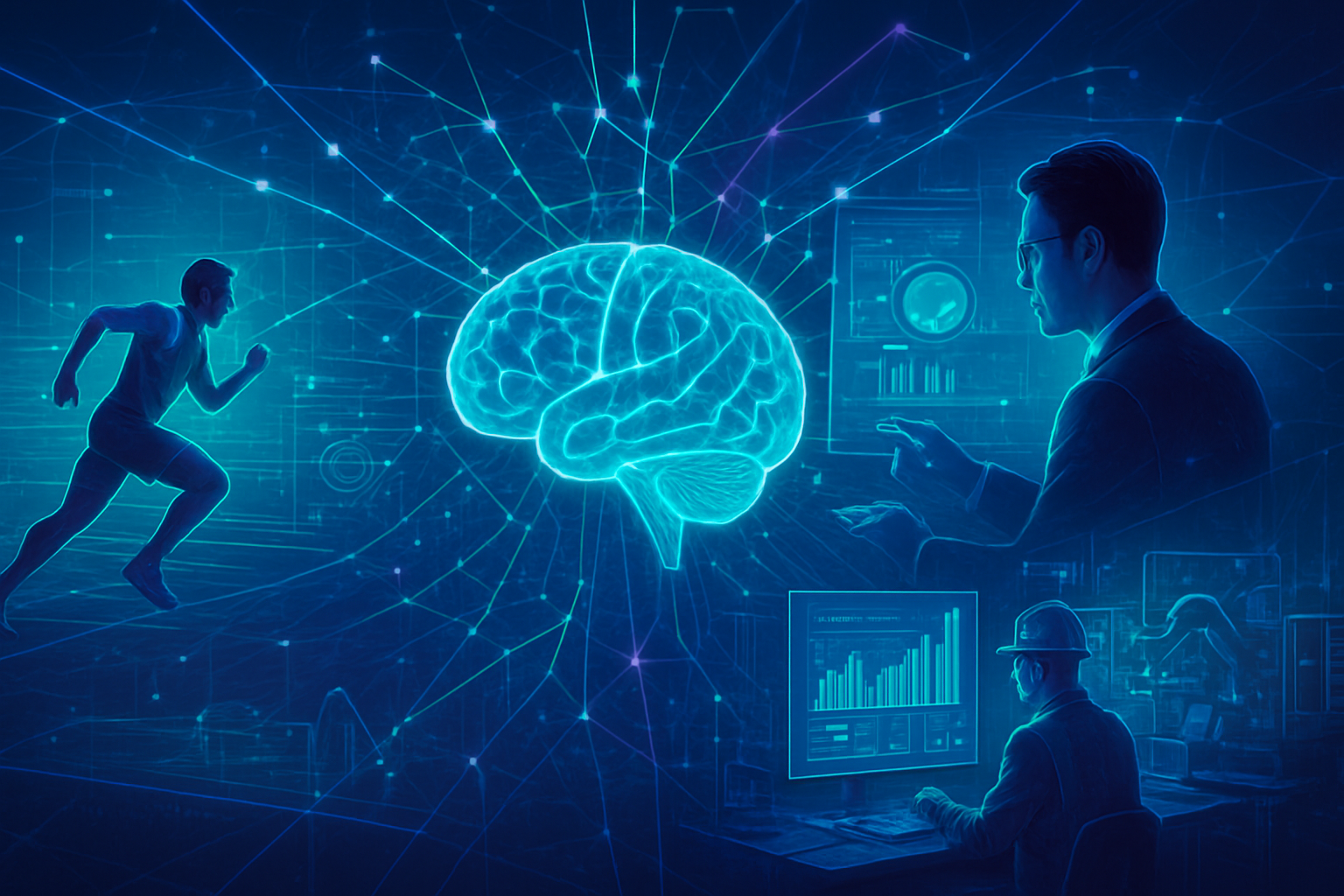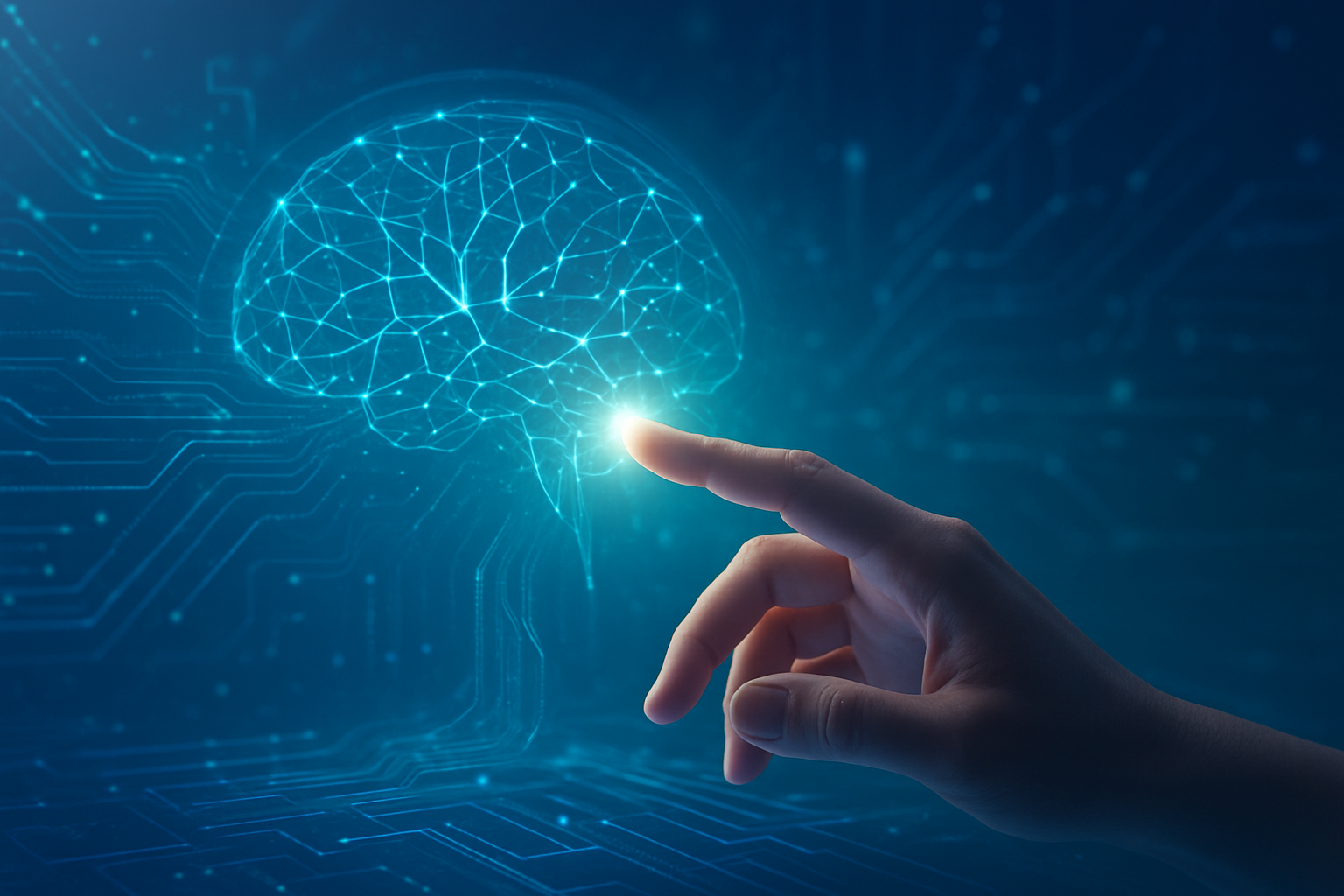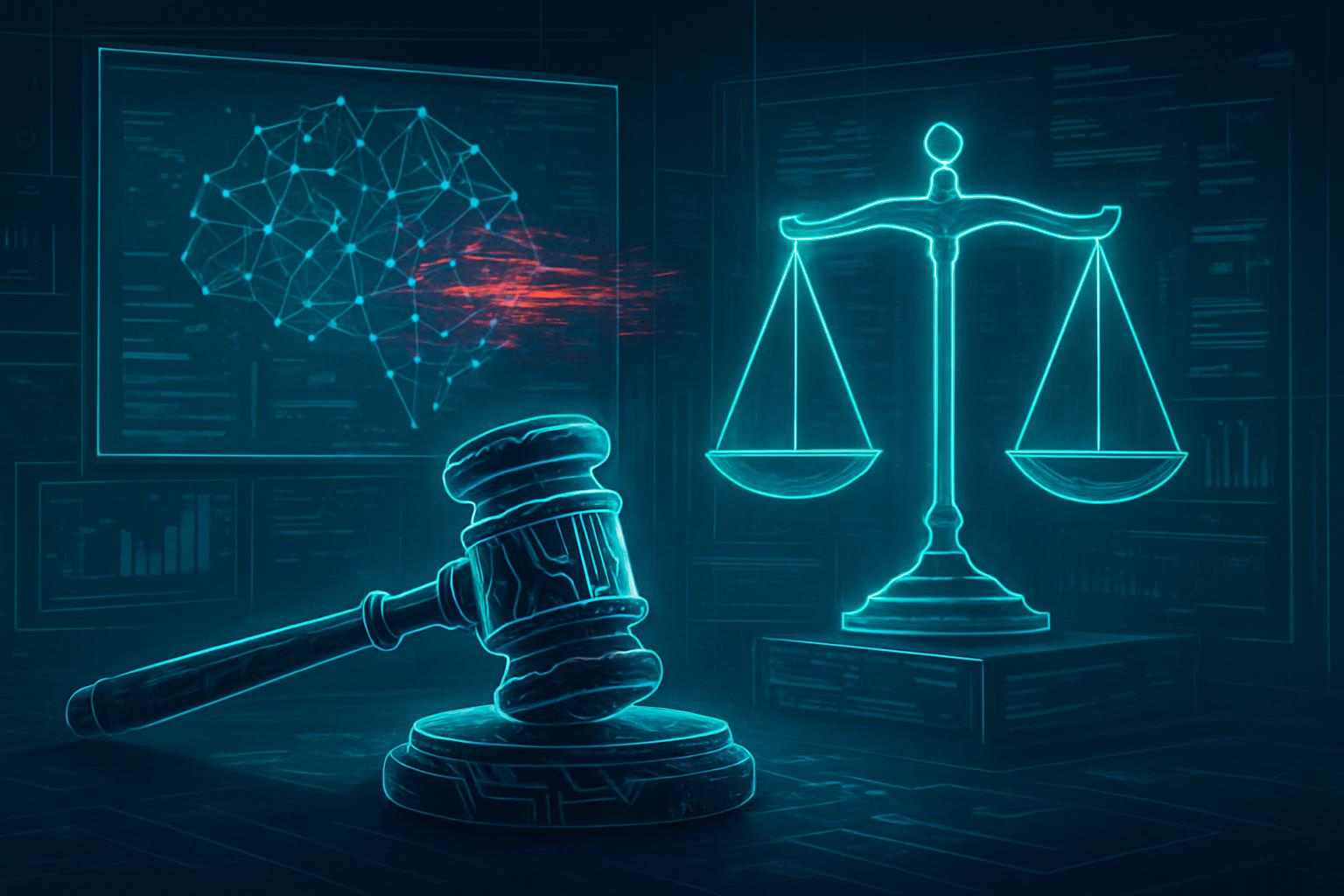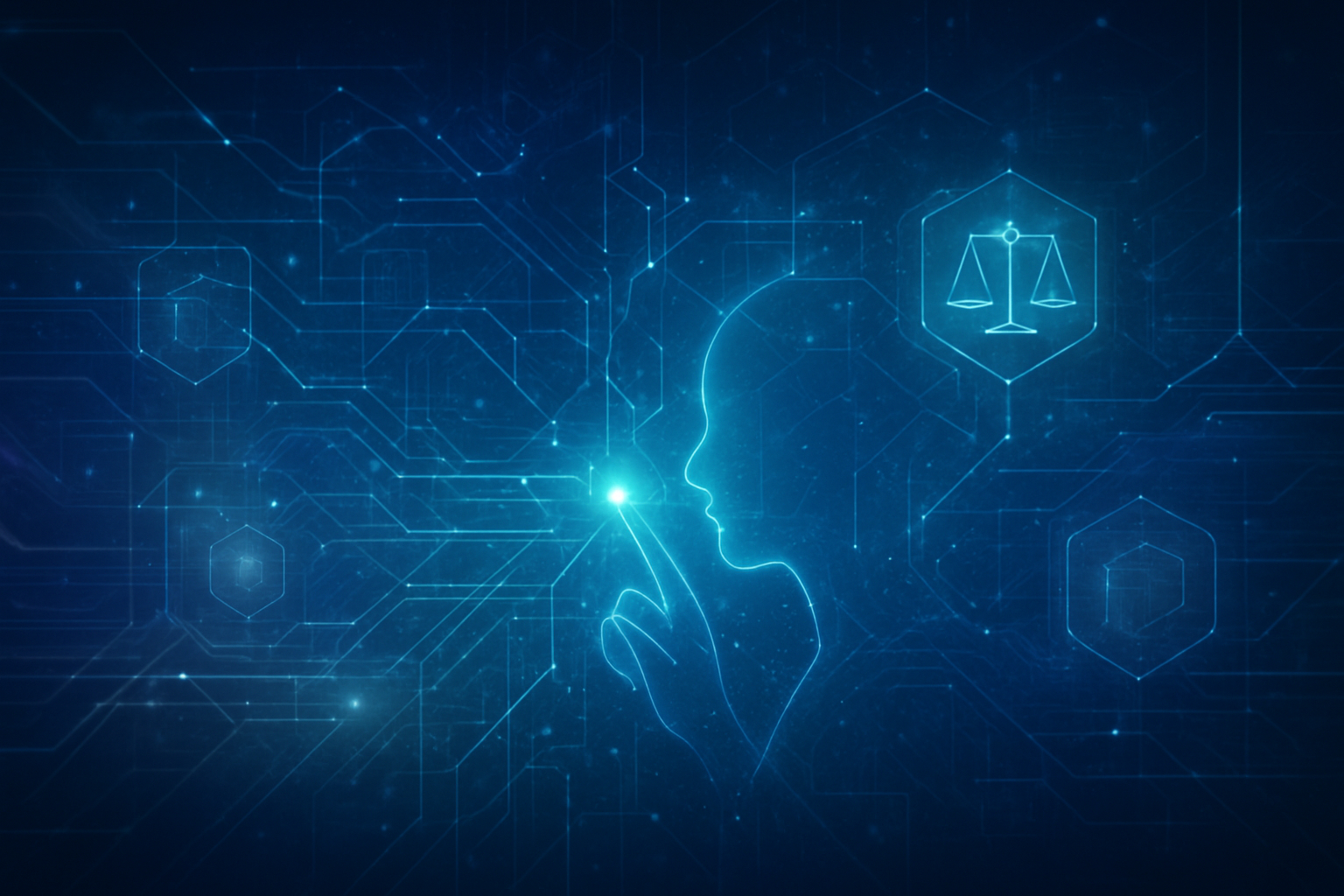Washington D.C. – December 1, 2025 – In a pivotal moment for labor and intellectual property rights in the rapidly evolving media landscape, journalists at Politico and E&E News have secured a landmark victory in an arbitration case against their management regarding the deployment of artificial intelligence. The ruling, announced today by the PEN Guild, representing over 270 unionized journalists, establishes a critical precedent that AI cannot be unilaterally introduced to bypass union agreements, ethical journalistic standards, or human oversight. This decision reverberates across the tech and media industries, signaling a new era where the integration of AI must contend with established labor protections and the imperative of journalistic integrity.
The arbitration outcome underscores the growing tension between rapid technological advancement and the safeguarding of human labor and intellectual output. As AI tools become increasingly sophisticated, their application in content creation raises profound questions about authorship, accuracy, and the future of work. This victory provides a tangible answer, asserting that collective bargaining agreements can and must serve as a bulwark against the unbridled, and potentially harmful, implementation of AI in newsrooms.
The Case That Defined AI's Role in Newsgathering
The dispute stemmed from Politico's alleged breaches of an AI article within the PEN Guild's collective bargaining agreement, a contract ratified in 2024 and notably one of the first in the media industry to include enforceable AI rules. These provisions mandated 60 days' notice and good-faith bargaining before introducing AI tools that would "materially and substantively" impact job duties or lead to layoffs. Furthermore, any AI used for "newsgathering" had to adhere to Politico's ethical standards and involve human oversight.
The PEN Guild brought forth two primary allegations. Firstly, Politico deployed an AI feature, internally named LETO, to generate "Live Summaries" of major political events, including the 2024 Democratic National Convention and the vice presidential debate. The union argued these summaries were published without the requisite notice, bargaining, or adequate human review. Compounding the issue, these AI-generated summaries contained factual errors and utilized language barred by Politico's Stylebook, such as "criminal migrants," which were reportedly removed quietly without standard editorial correction protocols. Politico management controversially argued that these summaries did not constitute "newsgathering."
Secondly, in March 2025, Politico launched a "Report Builder" tool, developed in partnership with CapitolAI, for its Politico Pro subscribers, designed to generate branded policy reports. The union contended that this tool produced significant factual inaccuracies, including the fabrication of lobbying causes for nonexistent groups like the "Basket Weavers Guild" and the erroneous claim that Roe v. Wade remained law. Politico's defense was that this tool, being a product of engineering teams, fell outside the newsroom's purview and thus the collective bargaining agreement.
The arbitration hearing took place on July 11, 2025, culminating in a ruling issued on November 26, 2025. The arbitrator decisively sided with the PEN Guild, finding Politico management in violation of the collective bargaining agreement. The ruling explicitly rejected Politico's narrow interpretation of "newsgathering," stating that it was "difficult to imagine a more literal example of newsgathering than to capture a live feed for purposes of summarizing and publishing." This ruling sets a clear benchmark, establishing that AI-driven content generation, when it touches upon journalistic output, falls squarely within the domain of newsgathering and thus must adhere to established editorial and labor standards.
Shifting Sands for AI Companies and Tech Giants
This landmark ruling sends a clear message to AI companies, tech giants, and startups developing generative AI tools for content creation: the era of deploying AI without accountability or consideration for human labor and intellectual property rights is drawing to a close. Companies like OpenAI, Google (NASDAQ: GOOGL), and Microsoft (NASDAQ: MSFT), heavily invested in large language models (LLMs) and AI-powered content generation, will need to closely examine how their technologies are integrated into industries with strong labor protections and ethical guidelines.
The decision will likely prompt a re-evaluation of product development strategies, emphasizing "human-in-the-loop" systems and robust oversight mechanisms rather than fully autonomous content generation. For startups specializing in AI for media, this could mean a shift towards tools that augment human journalists rather than replace them, focusing on efficiency and research assistance under human control. Companies that offer solutions for AI governance, content verification, and ethical AI deployment stand to benefit as organizations scramble to ensure compliance.
Conversely, companies that have pushed for rapid, unchecked AI adoption in content creation without considering labor implications may face increased scrutiny, legal challenges, and potential unionization efforts. This ruling could disrupt existing business models that rely on cheap, AI-generated content, forcing a pivot towards higher quality, ethically sourced, and human-vetted information. The competitive landscape will undoubtedly shift, favoring those who can demonstrate responsible AI implementation and a commitment to collaborative innovation with human workers.
A Wider Lens: AI, Ethics, and the Future of Journalism
The Politico/E&E News arbitration victory fits into a broader global trend of grappling with the societal impacts of AI. It stands as a critical milestone alongside ongoing debates about AI copyright infringement, deepfakes, and the spread of misinformation. In the absence of comprehensive federal AI regulations in the U.S., this ruling underscores the vital role of collective bargaining agreements as a practical mechanism for establishing guardrails around AI deployment in specific industries. It reinforces the principle that technological advancement should not come at the expense of ethical standards or worker protections.
The case highlights profound ethical concerns for content creation. The errors generated by Politico's AI tools—fabricating information, misattributing actions, and using biased language—demonstrate the inherent risks of relying on AI without stringent human oversight. This incident serves as a stark reminder that while AI can process vast amounts of information, it lacks the critical judgment, ethical framework, and nuanced understanding that are hallmarks of professional journalism. The ruling effectively champions human judgment and editorial integrity as non-negotiable elements in news production.
This decision can be compared to earlier milestones in technological change, such as the introduction of automation in manufacturing or digital tools in design. In each instance, initial fears of job displacement eventually led to redefinitions of roles, upskilling, and, crucially, the establishment of new labor protections. This AI arbitration victory positions itself as a foundational step in defining the "rules of engagement" for AI in a knowledge-based industry, ensuring that the benefits of AI are realized responsibly and ethically.
The Road Ahead: Navigating AI's Evolving Landscape
In the near term, this ruling is expected to embolden journalists' unions across the media industry to negotiate stronger AI clauses in their collective bargaining agreements. We will likely see a surge in demands for notice, bargaining, and robust human oversight mechanisms for any AI tool impacting journalistic work. Media organizations, particularly those with unionized newsrooms, will need to conduct thorough audits of their existing and planned AI deployments to ensure compliance and avoid similar legal challenges.
Looking further ahead, this decision could catalyze the development of industry-wide best practices for ethical AI in journalism. This might include standardized guidelines for AI attribution, error correction protocols for AI-generated content, and clear policies on data sourcing and bias mitigation. Potential applications on the horizon include AI tools that genuinely assist journalists with research, data analysis, and content localization, rather than attempting to autonomously generate news.
Challenges remain, particularly in non-unionized newsrooms where workers may lack the contractual leverage to negotiate AI protections. Additionally, the rapid pace of AI innovation means that new tools and capabilities will continually emerge, requiring ongoing vigilance and adaptation of existing agreements. Experts predict that this ruling will not halt AI integration but rather refine its trajectory, pushing for more responsible and human-centric AI development within the media sector. The focus will shift from if AI will be used to how it will be used.
A Defining Moment in AI History
The Politico/E&E News journalists' victory in their AI arbitration case is a watershed moment, not just for the media industry but for the broader discourse on AI's role in society. It unequivocally affirms that human labor rights and ethical considerations must precede the unfettered deployment of artificial intelligence. Key takeaways include the power of collective bargaining to shape technological adoption, the critical importance of human oversight in AI-generated content, and the imperative for companies to prioritize accuracy and ethical standards over speed and cost-cutting.
This development will undoubtedly be remembered as a defining point in AI history, establishing a precedent for how industries grapple with the implications of advanced automation on their workforce and intellectual output. It serves as a powerful reminder that while AI offers immense potential, its true value is realized when it serves as a tool to augment human capabilities and uphold societal values, rather than undermine them.
In the coming weeks and months, watch for other unions and professional organizations to cite this ruling in their own negotiations and policy advocacy. The media industry will be a crucial battleground for defining the ethical boundaries of AI, and this arbitration victory has just drawn a significant line in the sand.
This content is intended for informational purposes only and represents analysis of current AI developments.
TokenRing AI delivers enterprise-grade solutions for multi-agent AI workflow orchestration, AI-powered development tools, and seamless remote collaboration platforms.
For more information, visit https://www.tokenring.ai/.








